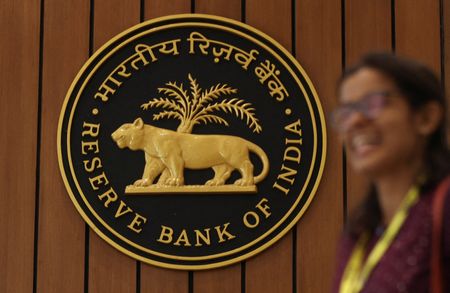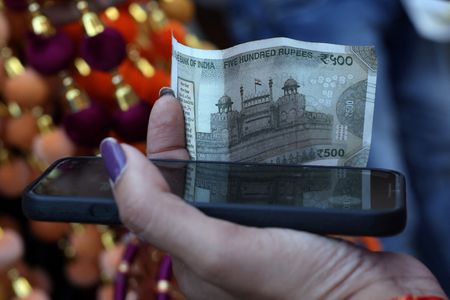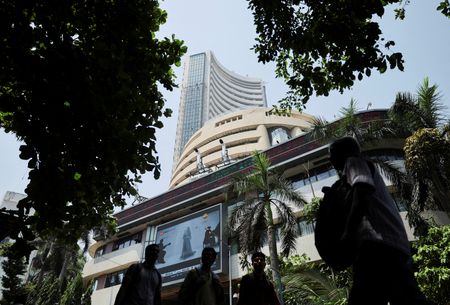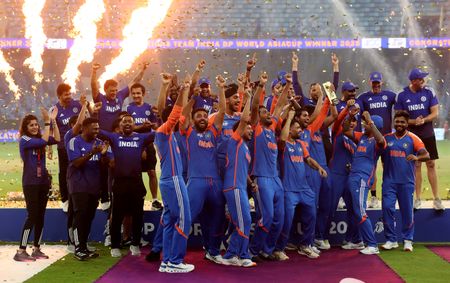By Swati Bhat
MUMBAI (Reuters) -The Reserve Bank of India is widely expected to hold its key policy rate at 5.50% on Wednesday, though some economists say a surprise cut cannot be ruled out as it weighs the impact of U.S. trade tariffs and subdued inflation.
A Reuters poll showed nearly three-quarters of economists expected a pause, but major banks including Citi, Barclays, Capital Economics and SBI have flagged the possibility of a cut citing downside risks to growth and a benign inflation outlook.
The RBI has cut rates by 100 basis points since the start of the year, but private investment remains weak and financial conditions tightened after the August policy meeting, when the central bank held rates and retained a neutral stance.
The October meeting is “live” again, Citi economists wrote, noting that the RBI could opt for an “insurance” rate cut to cushion against external shocks, or deliver a dovish pause with a clear signal to act soon. The RBI’s three-day meeting ends on October 1.
“We have a marginal bias that the RBI would opt for the insurance rate cut view.”
India’s economy grew a stronger-than-expected 7.8% in the June quarter, but some economists said the figure may overstate the actual strength of the economy because it was calculated after adjusting for inflation.
The government has stepped up fiscal support through income tax relief and goods and services tax rate rationalisation, but tariffs and rupee weakness have clouded the outlook.
Trade tensions with the U.S., including 50% tariffs on Indian exports and higher visa fees, have raised concerns about broader punitive measures on services trade.
Economists say the RBI may prefer to act early rather than wait for the full impact to play out.
“The hit to GDP growth from punitive U.S. tariffs, along with a benign inflation outlook, sets the stage for the RBI to resume its easing cycle,” Capital Economics said, predicting a cut next week followed by another in December.
Inflation has stayed below the RBI’s 4% target, and economists expect further disinflation from the GST rate cuts. Most economists expect the outlook for full-year growth to be revised upwards and inflation to be revised downwards.
SBI’s Chief Economist, Soumya Kanti Ghosh, said in a note that a rate cut would position the RBI as a forward-looking central bank but noted the need for calibrated communication given the higher bar for easing post-June.
He added that inflation would remain benign even in FY2027.
Still, a majority of economists suggested the RBI may prefer to wait until December, especially if trade negotiations show progress. Others said that targeted relief measures could be more effective than broad-based easing.
India’s bond and overnight index swap markets have yet to price in a rate cut on Wednesday, with traders predicting a rally if the central bank surprises with monetary easing.
(Reporting by Swati Bhat; Editing by Jacqueline Wong)










